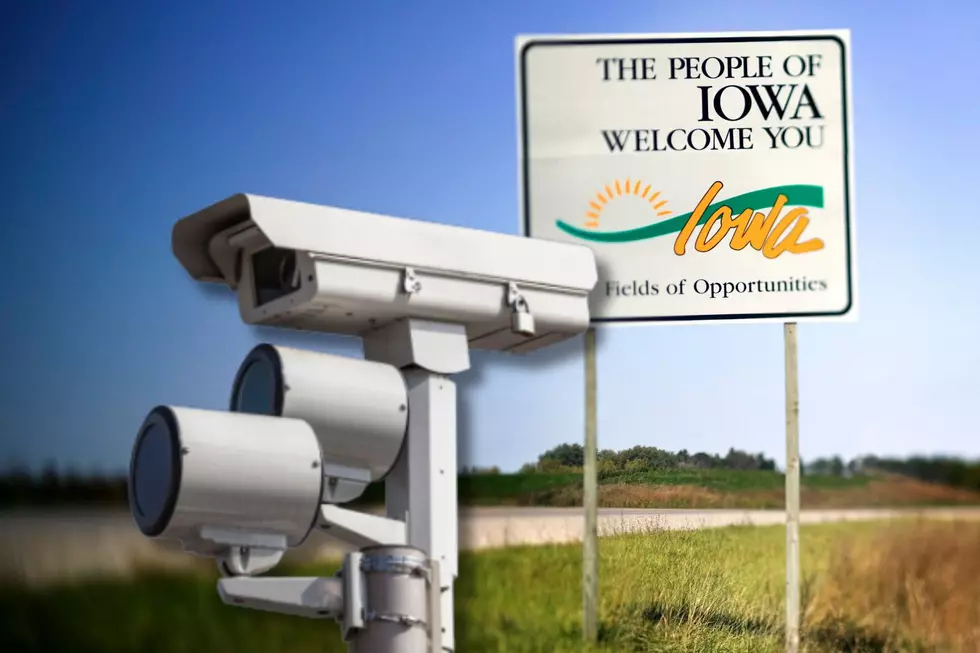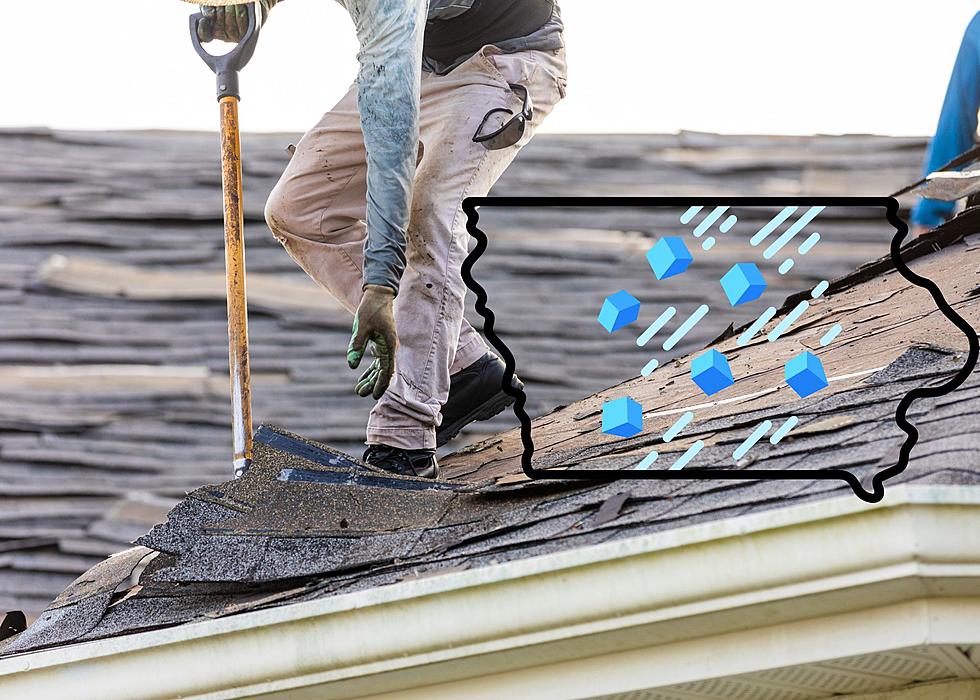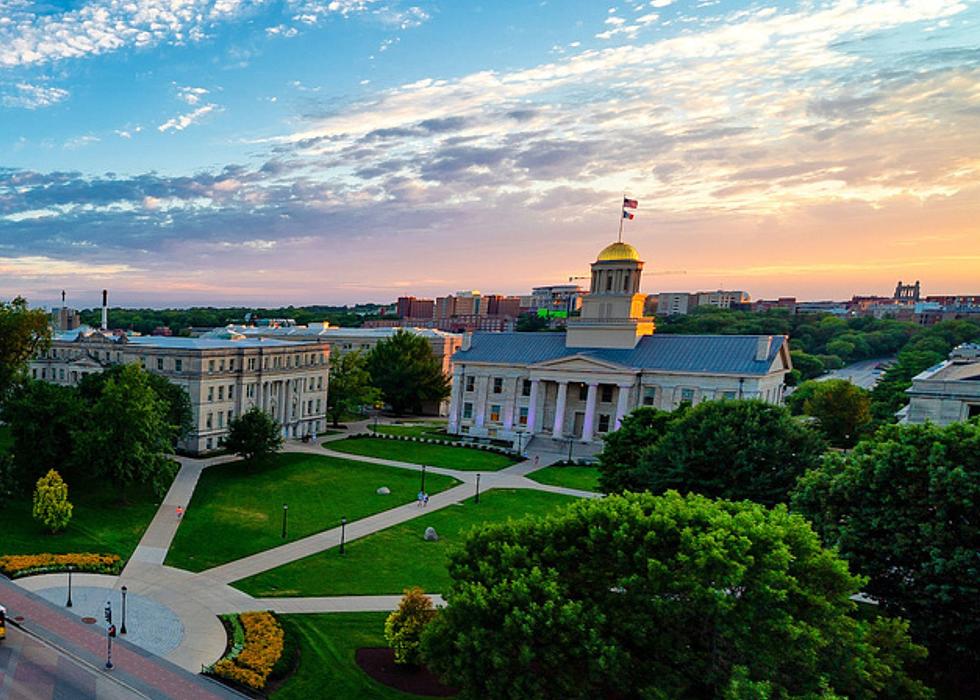
Why Are These Iowa & Illinois Cities Going To Be Counted Twice In The 2024 Census?
This particular new year brings with it a new U.S. census.
Have you ever seen an official population count for a town and you think "wait there's way more (or less) people that live there now"?
I know we all try to forget 2020, but let's take a minute to remember a piece of it you probably didn't know or didn't care about: the census. According to NBC Chicago, it was a "special census" that year and a lot of towns and municipalities were counted twice in the census for the purpose of "redrawing political districts" and determining how many seats each state gets in Congress.
In 2020, college towns that had a lot of students living there ended up with a smaller count because of the 'rona. But now several Iowa and Illinois towns want a special census again.
What Towns Want To Be Counted Again & Why
Norwalk, Bondurant, Altoona, Grimes, Johnston, Pleasant Hill, and Waukee are the Iowa towns that are paying for a second count from the Census Bureau this year.
Iowa's special censuses matter because the state uses "once-a-decade" head counts to determine funding. So if an Iowa town is going to try to get more state funding to open parks or fix the dozens of potholes, now would be the time to do it.
Norwalk specifically just wants a grocery store. They're hoping the count shows over 15,000 people, which is generally the benchmark for when a community can support a grocery store.
Across the river in Illinois, McDonough, Pingree Grove, Urbana, and Warrenville are also seeking the Census Bureau's second count in 2024. Pingree Grove has more than doubled in population since 2020 and they're asking for the funding and count to reflect that.
I don't know about you, but a second count in the U.S. Census is the only thing I care to see again from 2020.
LOOK: Best counties to raise a family in Iowa
Gallery Credit: Stacker
LOOK: Groceries that dropped in price in the Midwest last month
Gallery Credit: Stacker
More From Q98.5









